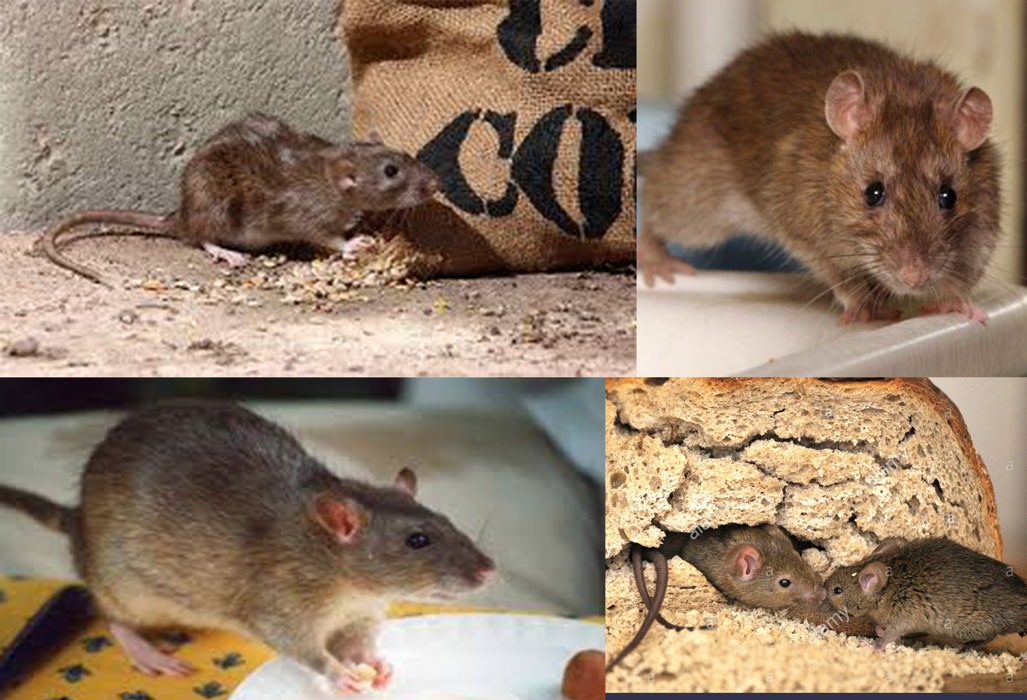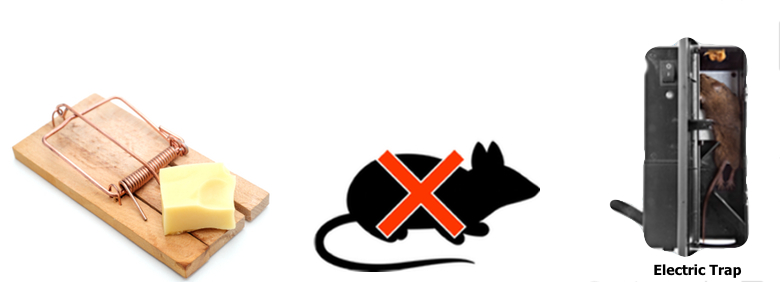Rodent Control

Got Rats And Mice?
Use exclusion and sanitation tactics to get rid of rodents in a safe and cost-effective way. The most effective long-term solution is to keep rodents out in the first place. Measures such as sealing entry points prevent rodents from entering buildings and help you avoid a full-scale invasion.
Follow the tips in the sections below and you will be one step closer to keeping your home permanently free of rats and mice.
Rats and mice are not only a nuisance but can also cause property damage and transmit diseases. You’ll know they’ve arrived if you see rodent droppings near a food source or shredded fabric or paper. If you identify rodents, there are several steps to take to ensure permanent removal of these pests.
Removing rodents with traps or poisons will not keep rodents out of your home in the future. To permanently keep rats and mice out of your home or business, you will need to prevent access by sealing all possible entry points. It is equally important to eliminate rodent attractions such as food and water by keeping food in tightly sealed containers and repairing leaky pipes.
Please contact us for further details!
Common Sources of Food and Water
- Food in unsealed containers such as bags of chips, rice, cereal, crackers, flour, and other non-perishables.
- Pet food and water left out overnight or in a bag rather than in a secure container.
- Fruits or vegetables in open bowls left outside of refrigerator.
- Leaky pipes or faucets throughout the house.
- Open trash and compost containers.
Common Rodent Access Points
- Holes near cabinets, closets or doors leading to outside or crawl spaces.
- Holes around sink or appliance pipes.
- Cracked foundations in the basement or unscreened ventilation holes in the attic, especially in older structures.
- Holes around windows or doors.
- Missing screens in vents or crawl spaces under buildings.

